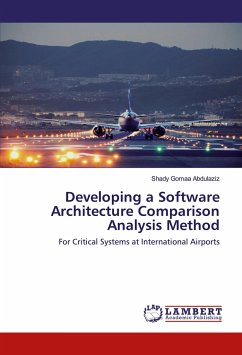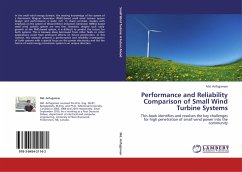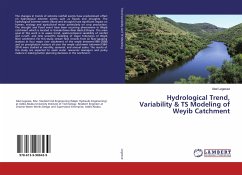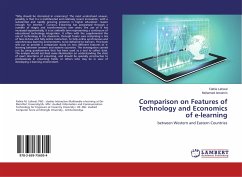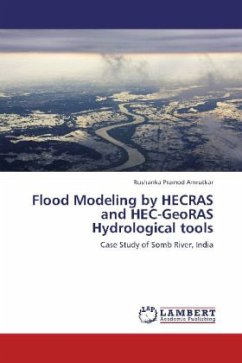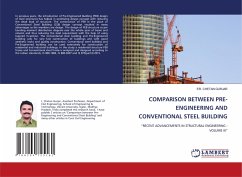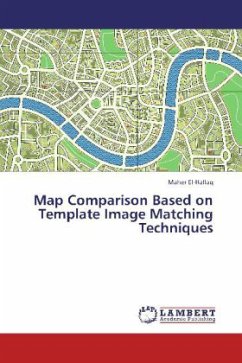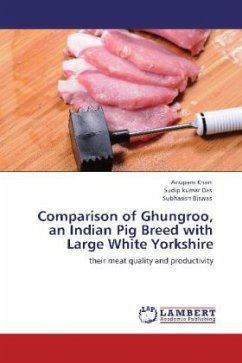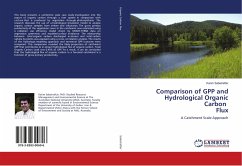
Comparison of GPP and Hydrological Organic Carbon Flux
A Catchment Scale Approach
Versandkostenfrei!
Versandfertig in 6-10 Tagen
52,99 €
inkl. MwSt.

PAYBACK Punkte
26 °P sammeln!
This book presents a catchment scale case study investigation into the export of organic carbonthrough a river system in comparison with carbon that is produced by vegetation through photosynthesis. The research discusses the use of a hydrological simulation model to analyse organic carbon samples from stream and tributaries. The gross primary productivity of the vegetation cover in the catchment was estimated using a radiation use efficiency model driven by MODIS TERRA data on vegetation greenness and modeledsurface irradiance. The relationship between total organic carbon discharged in-strea...
This book presents a catchment scale case study
investigation into the export of organic carbon
through a river system in comparison with carbon
that is produced by vegetation through
photosynthesis. The research discusses the use of a
hydrological simulation model to analyse
organic carbon samples from stream and tributaries.
The gross primary productivity of the vegetation
cover in the catchment was estimated using a
radiation use efficiency model driven by MODIS
TERRA data on vegetation greenness and modeled
surface irradiance. The relationship between total
organic carbon discharged in-stream and total
carbon uptake by plants was assessed using a cross-
correlation analysis. The results of the hydrologic
modeling approach and terrestrial GPP outcome were
compared. This comparison revealed the likely
proportion of catchment GPP that contributes
to in-stream hydrological flux of organic carbon.
Total Organic Carbon Load was 0.45% of GPP. As a
result, it can be concluded that the hydrological
flux of organic carbon in a forested catchment is a
function of gross primary productivity.
investigation into the export of organic carbon
through a river system in comparison with carbon
that is produced by vegetation through
photosynthesis. The research discusses the use of a
hydrological simulation model to analyse
organic carbon samples from stream and tributaries.
The gross primary productivity of the vegetation
cover in the catchment was estimated using a
radiation use efficiency model driven by MODIS
TERRA data on vegetation greenness and modeled
surface irradiance. The relationship between total
organic carbon discharged in-stream and total
carbon uptake by plants was assessed using a cross-
correlation analysis. The results of the hydrologic
modeling approach and terrestrial GPP outcome were
compared. This comparison revealed the likely
proportion of catchment GPP that contributes
to in-stream hydrological flux of organic carbon.
Total Organic Carbon Load was 0.45% of GPP. As a
result, it can be concluded that the hydrological
flux of organic carbon in a forested catchment is a
function of gross primary productivity.



